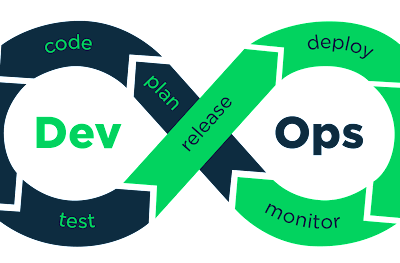Most Fortune 100 companies have realized and started implementing cloud integration services. The models currently in use may either be public, private, or a hybrid of the two. Cloud integration of your organization offers critical benefits such as BC-DR, low Capex, faster turnaround times, and infinite capacity.
Apart from this cloud integration also offers your organization the ability to scale up or scale down the models depending upon the necessity. In this article, we hope to cover a few of the best cloud integration strategies that may be suitable for such organizations.
Here are Some of the Best Cloud Integration Strategies for Your Organization:
iPaaS – Integration-Platform-as-a-Service:
iPaaS is a subscription-based cloud platform. Companies like IBM have already enlisted their services. As a user, you must subscribe and select the service modules that fit your requirements. These selected modules and applications can then be automated. All the rest of your requirements such as software patches, data governance, hardware management, and security features are handled by the cloud platform itself.

The advantage of iPaaS lies in that there is no separate need to purchase, install or manage your hardware, middleware, or software. However, the functionality of this platform is not without its limitations. It is unable to integrate deeply with the on-premise applications.
Integration Platforms – ISV Platform Suite:
ISV Platform Suite is the platform for you if you require managing a large portfolio of data. The process of transformation and transfer of data across applications is managed seamlessly by this cloud-based platform. To use ISV Platform Suite, you need to purchase certain licenses from the parent organization.

They are responsible for maintaining a customer database and are responsible for its installation, management, governance, and maintenance. The advantage of using this platform lies in using it to integrate on-premise landscapes. The platform handles such complex integrations smoothly and seamlessly. Several middleware platforms can be leveraged to connect on-premise applications with the cloud.
SaaS Tooling:
Although not as extensive as compared to iPaaS, SaaS offers specialized services and easy integration. It works on the same private, public, and cloud network systems. However, what SaaS loses on extensivity, it offers out-of-the-box solutions. SaaS tooling does not require installation or maintenance of the servers on the cloud.

The approach is quite similar to that of iPaaS. If you know your specific requirements, then this is the cloud integration strategy for you. The reason to adopt this cloud integration technology is the ease of its use and implementation. However, you must know what your requirements are before opting for it.
Product Tooling:
Product tooling could be the cloud integration strategy for you, should you like to protect your core databases. It also offers specific and out-of-the-box solutions, tailored to your specific needs. The best thing about product tooling strategy is its augmentation and integration with third-party plug-ins.

On the one hand, it prevents additional costs to be incurred from tailoring individual applications. Furthermore, the application of plug-ins also prevents any complications resulting from integration or implementation. Product tooling can prove to be an effective cloud integration strategy. It can be easily implemented and the costs of integration are also nominal. Moreover, the need to maintain hardware, software, or middleware is also eliminated.
Custom Integrations – API:
Last but certainly not least is the custom integrations strategy. This is one of the best ways to seamlessly integrate cloud-based and on-premise applications. Although the costs may come somewhat higher, in terms of tailor-made integration, this is the way to go.

The strategy allows direct integration between cloud-based and on-premise applications. Moreover, you can also integrate between on-premise applications and leverage C++ or Java via XML API adapters. If you are looking to tailor the specific needs of your organization to integrate into the cloud, this is the strategy you should aim for.
Conclusion:
Most modern businesses have either already implemented or are in the planning phase to implement cloud integration of their data. This allows seamless data transfer between on-premise and cloud-based data. Certain strategies can be tailored to suit your specific needs and can be integrable with other third-party plugins or leverage programming languages.





